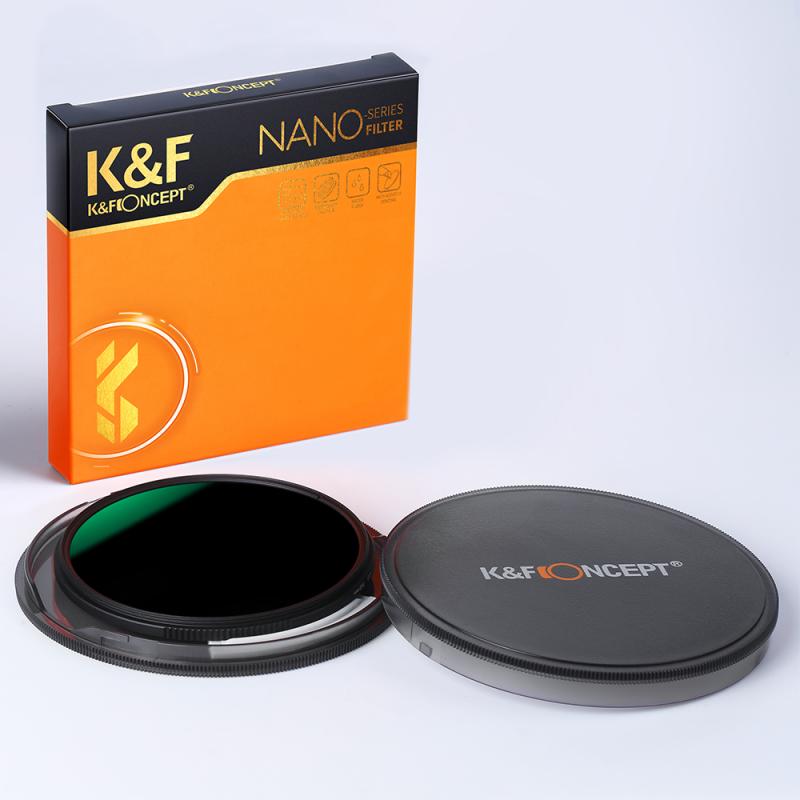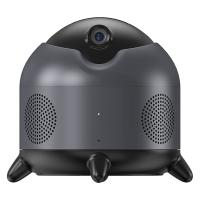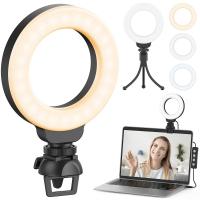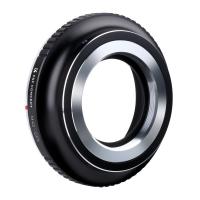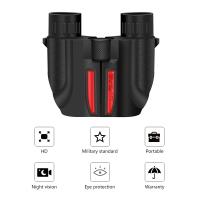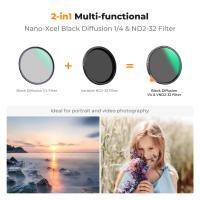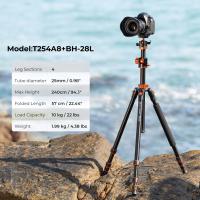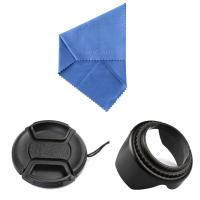How Does A Digital Camera Use Rgb ?
A digital camera uses RGB (Red, Green, Blue) to capture and process color information in an image. The camera's image sensor is made up of millions of tiny pixels, each of which contains a photodiode that measures the amount of light that hits it.
When light enters the camera's lens, it is filtered through a Bayer filter, which separates the light into its RGB components. Each pixel on the sensor then records the intensity of the light in each of the three color channels.
The camera's image processor then combines the RGB data from each pixel to create a full-color image. This process is known as demosaicing, and it involves interpolating the missing color information for each pixel based on the surrounding pixels.
Once the image has been demosaiced, the camera's processor can apply various adjustments and enhancements to the color and tone of the image before saving it to a memory card.
1、 RGB sensor technology in digital cameras
How does a digital camera use RGB? The answer lies in the RGB sensor technology used in digital cameras. RGB stands for Red, Green, and Blue, which are the primary colors of light. Digital cameras use RGB sensors to capture images by measuring the intensity of light in each of these three colors.
Each pixel in a digital camera's image sensor contains three photodiodes, one for each primary color. When light enters the camera, it passes through a color filter array that separates the light into its three primary colors. The photodiodes then measure the intensity of light in each color, and the camera's image processor combines the data from the three photodiodes to create a full-color image.
RGB sensor technology has come a long way in recent years, with advancements in sensor design and processing algorithms leading to improved image quality and color accuracy. Some of the latest digital cameras use advanced RGB sensor technology, such as backside-illuminated sensors and dual-pixel autofocus, to capture stunning images with incredible detail and color accuracy.
In summary, digital cameras use RGB sensor technology to capture images by measuring the intensity of light in each of the three primary colors. This technology has evolved over the years, leading to improved image quality and color accuracy in the latest digital cameras.
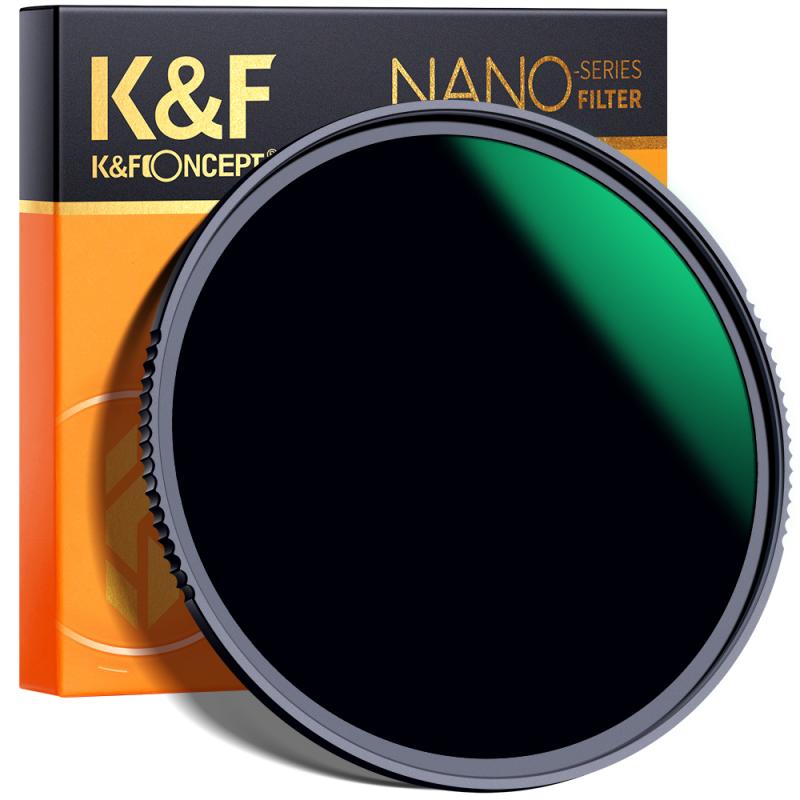
2、 Image processing using RGB color model
How does a digital camera use RGB? The RGB color model is the primary color model used in digital cameras. It stands for Red, Green, and Blue, and it is used to capture and process images in digital cameras. The camera sensor captures the light that enters the lens and converts it into electrical signals. These signals are then processed by the camera's image processor, which uses the RGB color model to create the final image.
The RGB color model works by combining different intensities of red, green, and blue light to create a wide range of colors. In a digital camera, each pixel on the camera sensor is made up of three sub-pixels, one for each color. The camera's image processor combines the information from these sub-pixels to create the final image.
The latest point of view on the use of RGB in digital cameras is that it is still the most widely used color model, but there are other models being developed that may offer better color accuracy and dynamic range. For example, some cameras now use the CMYK color model, which stands for Cyan, Magenta, Yellow, and Key (black). This model is used in printing and offers a wider range of colors than RGB. However, it is not yet widely used in digital cameras.
In conclusion, the RGB color model is essential to the functioning of digital cameras. It allows cameras to capture and process images with a wide range of colors and is still the most widely used color model in the industry. However, there are other models being developed that may offer better color accuracy and dynamic range in the future.

3、 RGB color space and gamut in digital photography
How does a digital camera use RGB? RGB stands for Red, Green, and Blue, which are the primary colors of light. Digital cameras use RGB to capture and process color information in images. Each pixel in a digital image is made up of three sub-pixels, one for each primary color. The camera's sensor captures the intensity of each color at each pixel location, and the camera's processor combines the three color values to create a full-color image.
The RGB color space and gamut in digital photography are essential concepts to understand when working with digital images. The RGB color space defines the range of colors that can be captured and displayed by a digital camera. The gamut refers to the subset of colors within the RGB color space that can be accurately reproduced by a particular device, such as a camera or a monitor.
The latest point of view on RGB in digital photography is that it is becoming increasingly important to capture and process images in a wide color gamut. This is because modern displays and printers are capable of reproducing a wider range of colors than ever before. By capturing images in a wide color gamut, photographers can ensure that their images look their best on a variety of devices.
In conclusion, digital cameras use RGB to capture and process color information in images. Understanding the RGB color space and gamut is essential for working with digital images, and capturing images in a wide color gamut is becoming increasingly important in modern digital photography.
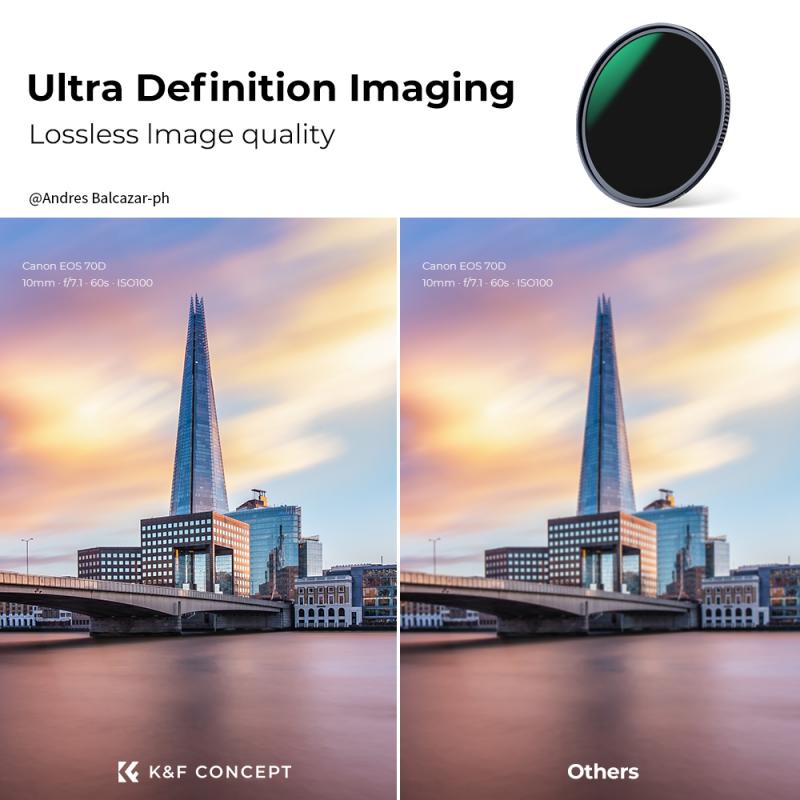
4、 White balance adjustment with RGB channels
A digital camera uses RGB (Red, Green, Blue) channels to capture and process color information in an image. Each pixel in the image sensor of a digital camera contains three color filters, one for each RGB channel. When light enters the camera, it is filtered through these color channels, and the camera records the intensity of each color at each pixel location. This information is then processed by the camera's image processor to create the final image.
One important use of RGB channels in digital cameras is white balance adjustment. White balance is the process of adjusting the colors in an image to make white objects appear white, regardless of the color temperature of the light source. Different light sources have different color temperatures, which can affect the colors in an image. For example, indoor lighting may have a warm, yellowish tint, while outdoor lighting may have a cool, bluish tint.
To adjust for these color temperature differences, digital cameras use RGB channels to balance the colors in an image. The camera's image processor analyzes the intensity of each color channel in the image and adjusts the color balance accordingly. By adjusting the relative intensities of the red, green, and blue channels, the camera can create a more accurate representation of the colors in the scene.
In recent years, there has been a growing interest in using alternative color spaces, such as the CIELAB color space, for image processing. These color spaces offer advantages over RGB, such as better perceptual uniformity and greater color gamut. However, RGB remains the most widely used color space in digital cameras and image processing, due to its simplicity and compatibility with existing technology.
